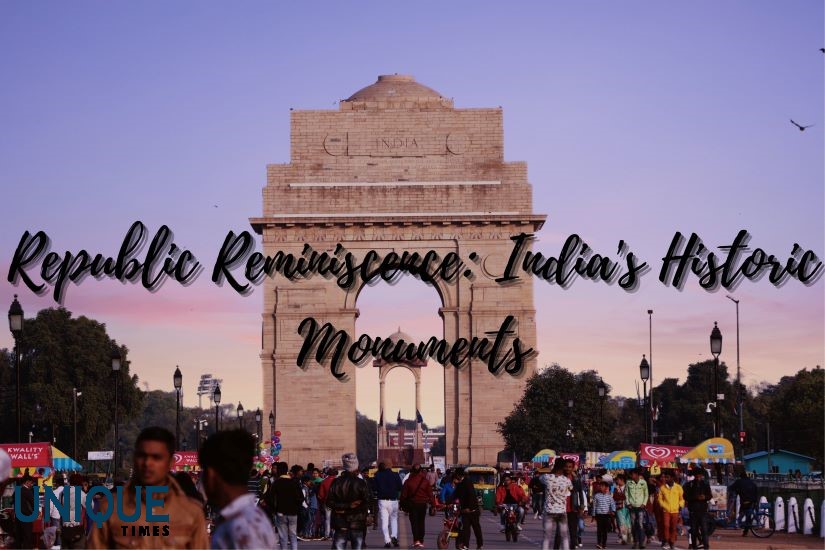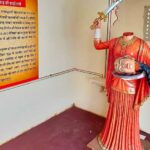Exploring India’s Historic Legacy: 5 Must-Visit Monuments on Republic Day

Republic Day in India is a time to honor the nation’s rich history and commemorate the adoption of the Constitution. Take a journey through the past by exploring these five historical monuments that have played pivotal roles in shaping the country’s narrative.
1. Red Fort, Delhi: A UNESCO World Heritage Site, the Red Fort in Delhi stands as a majestic testament to India’s Mughal history. Built by Emperor Shah Jahan, it served as the main residence of the Mughal emperors for nearly 200 years. The Lahori Gate, Diwan-i-Khas, and Diwan-i-Aam are architectural marvels that transport visitors to a bygone era. The Red Fort is not just a monument; it’s a living chronicle of India’s struggle for independence.
2. Jallianwala Bagh, Amritsar: Jallianwala Bagh holds somber significance in India’s history, representing a tragic chapter during the British colonial era. This public garden witnessed the infamous Jallianwala Bagh massacre on April 13, 1919, where British troops opened fire on a peaceful gathering, resulting in hundreds of casualties. The Martyrs’ Well and the bullet marks on the walls are poignant reminders of the sacrifices made during India’s fight for freedom.
3. India Gate, Delhi: Designed by Sir Edwin Lutyens, India Gate is a solemn war memorial dedicated to the soldiers who lost their lives during World War I. The eternal flame at the Amar Jawan Jyoti and the names inscribed on the walls pay tribute to the indomitable spirit and valor of the Indian Armed Forces. On Republic Day, the grand parade at India Gate is a spectacular display of patriotism and unity.
4. Gateway of India, Mumbai: The Gateway of India, overlooking the Arabian Sea, is an architectural marvel that has witnessed historical events of great significance. Built to commemorate the visit of King George V and Queen Mary, it later became the departure point for the last British troops from India in 1948. The Gateway stands as a symbol of transition, marking the end of British colonial rule and the beginning of an independent India.
5. Sabarmati Ashram, Ahmedabad: Nestled on the banks of the Sabarmati River, Sabarmati Ashram holds a special place in the history of India’s struggle for independence. Founded by Mahatma Gandhi in 1917, this serene ashram served as the epicenter of the non-violent movement against British rule. The Hridaya Kunj, the living quarters of Gandhi, and the peaceful surroundings reflect the simplicity and principles of the Mahatma.
As you embark on a journey to these iconic monuments, let the echoes of the past resonate and inspire a deeper appreciation for the diverse tapestry of India’s cultural and historical heritage.








